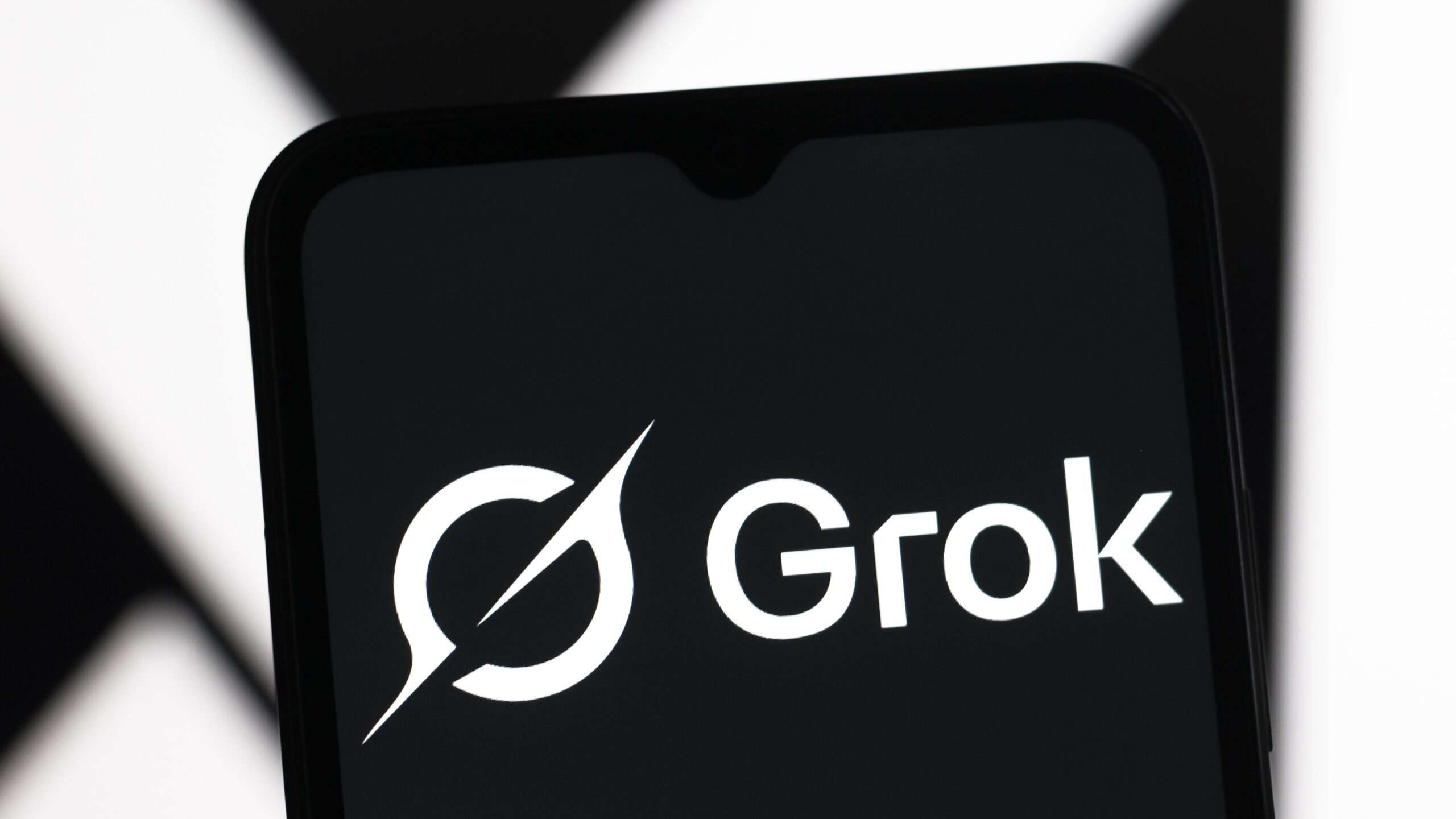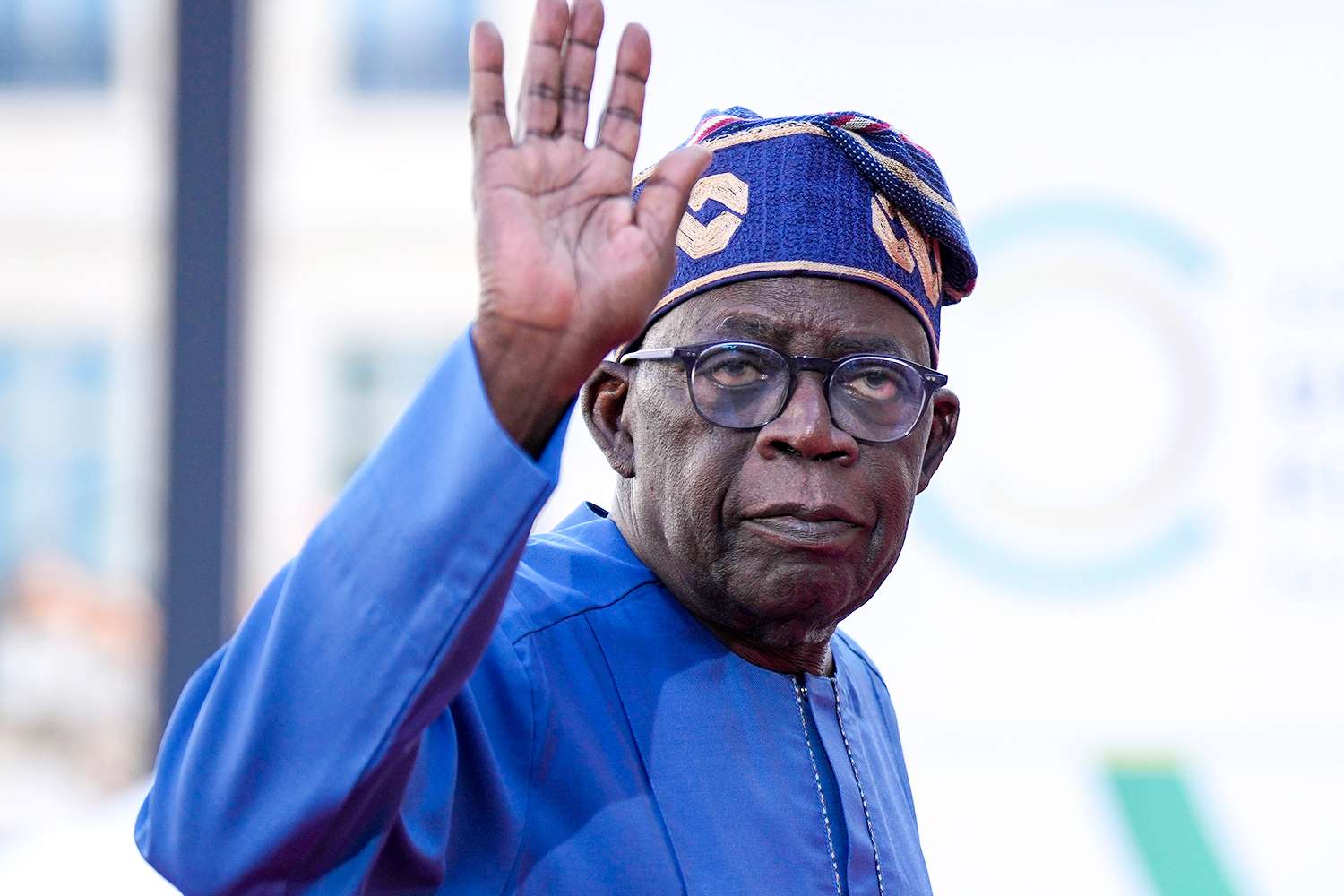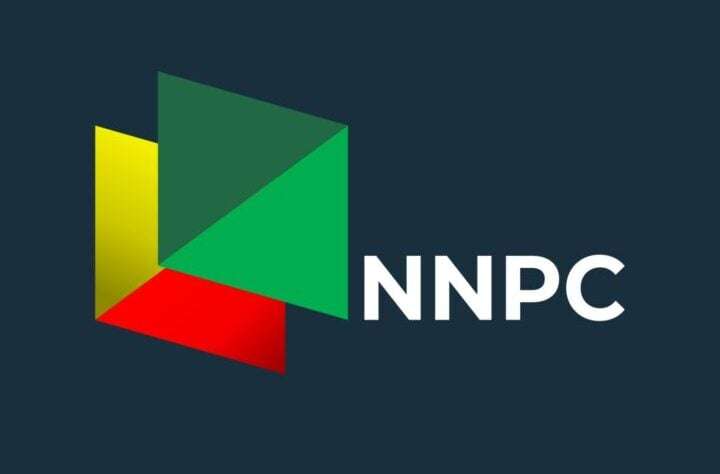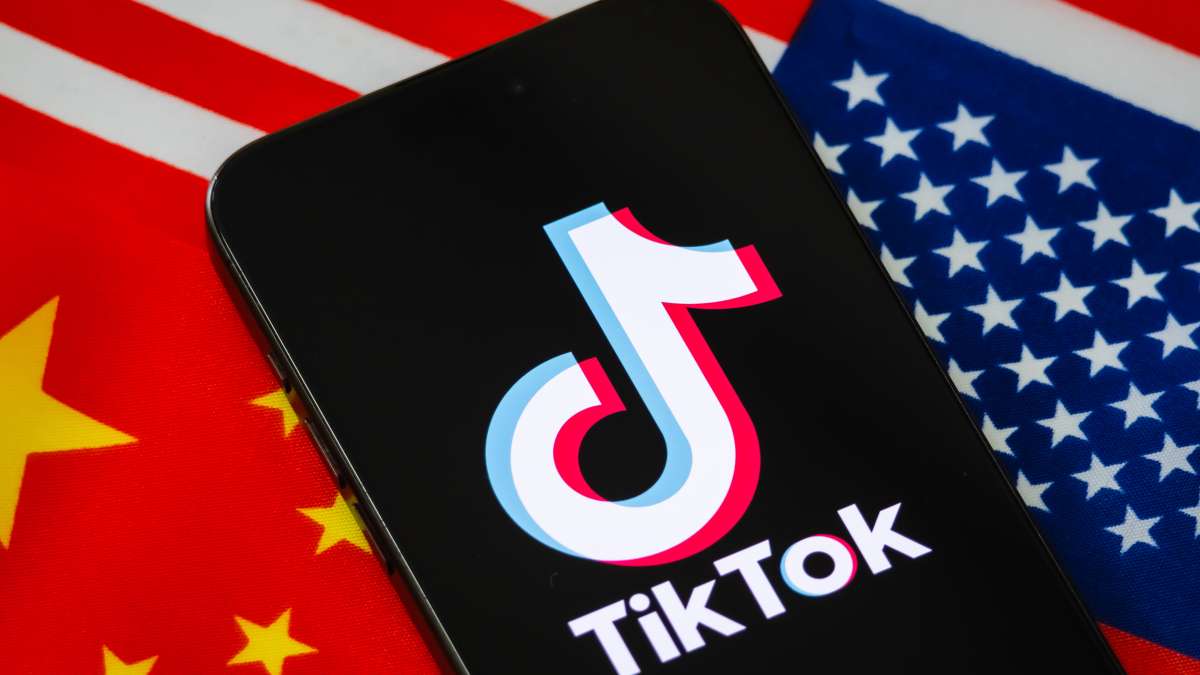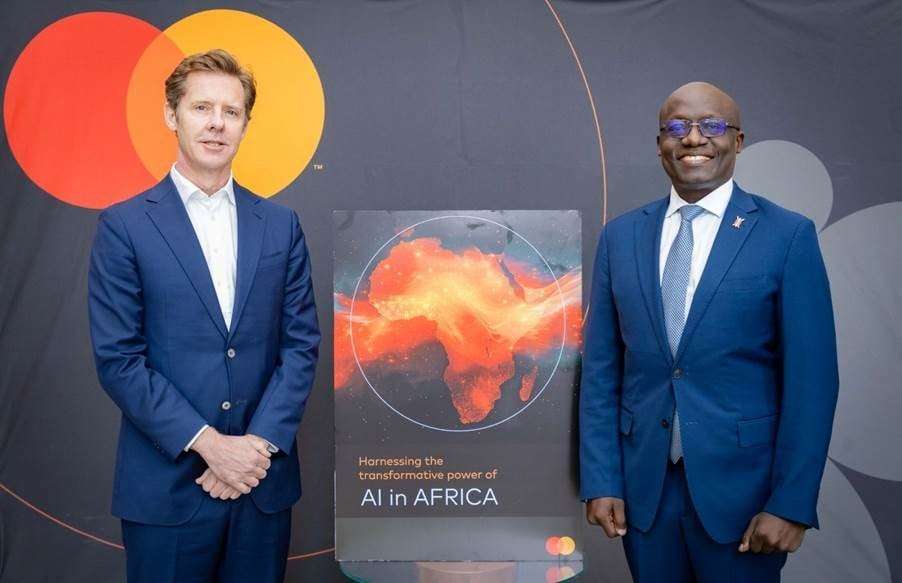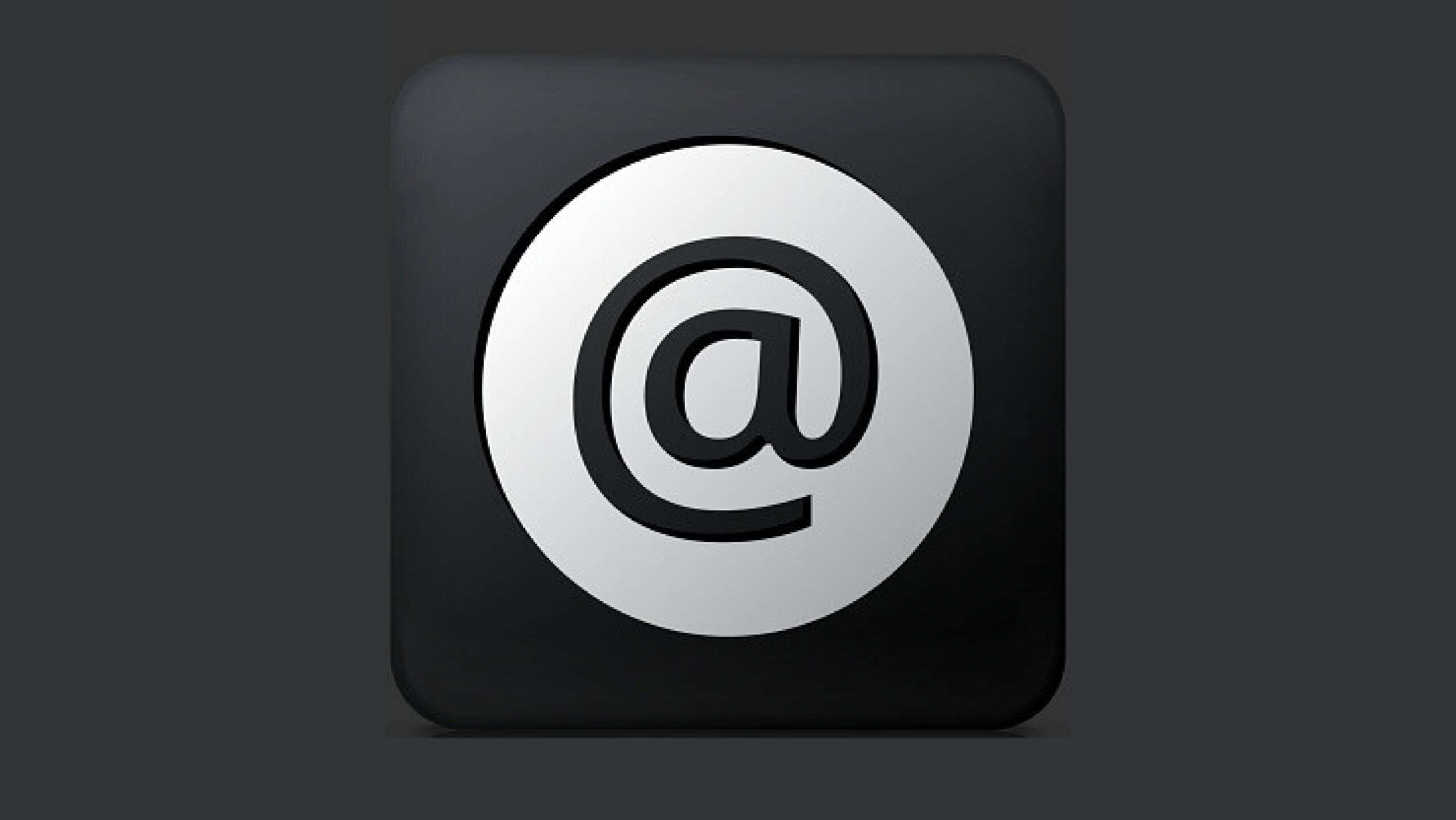
The @ sign, one of the most recognizable symbols in modern digital communication, has a history that stretches back nearly 3,000 years, embedding centuries of human culture and commerce within its graceful curves. Today, it is synonymous with email addresses, social media handles, and instant connectivity, but the story of the @ sign reveals unexpected origins steeped in medieval manuscripts, mercantile shorthand, and linguistic evolution.
The earliest documented use of a character resembling the @ symbol appears in a 1345 Bulgarian translation of a Greek chronicle, preserved in the Vatican Library. In this manuscript, it replaced the capital letter “A” in the word “Amen,” though scholars debate why monks chose this symbol. One theory holds that medieval scribes, keen on efficiency while hand-copying texts, created the symbol as a stylized abbreviation of the Latin word “ad,” meaning “at” or “toward.” This form combined the letter “a” with a tail resembling the final stroke of the letter “d,” functioning as a shorthand to speed up their work.
Fast forward to the Renaissance, and the symbol surfaces prominently in commerce. In a 1536 letter by Florentine merchant Francesco Lapi, @ denoted amphorae, units of measurement for shipping wine. Merchants in Europe commonly used @ to mean “at the rate of,” as in “12 items @ $1,” indicating price per unit. This commercial shorthand was practical, ingrained in the trading world long before the age of computers.
Despite its utility, the @ symbol largely remained obscure, excluded from early typewriters and the first computing punch card systems. Its breakthrough came in the digital age, thanks to Ray Tomlinson, an American computer engineer.
In 1971, Tomlinson faced a pressing challenge. Working on ARPANET, the precursor to the modern Internet, he needed a way to separate a user’s name from their computer’s address in email communication. After surveying available keyboard symbols, he settled on the @ sign—rarely used in personal names and conveniently representing “at.” This choice revolutionized communication, transforming the once modest commercial mark into a powerful icon of the interconnected digital world.
Tomlinson sent the first networked email using this method, unknowingly laying the foundation for global digital correspondence. Today, the @ sign extends beyond emails—featured boldly in Twitter handles, Instagram usernames, and widespread online identities, symbolizing connection and presence.
Cultural views of the symbol vary globally. Italians call it the “snail,” the Dutch the “monkey tail,” and in Sweden, it’s “the little dove.” Such names reflect its quirky shape and global familiarity.
Historians like Dr. Emily Rupp, a medieval manuscript expert, note, “The @ symbol encapsulates the journey of communication— from painstaking handwritten manuscripts and bustling medieval markets to the speed of digital conversations, the symbol represents continuity and transformation.”
In summary, the @ sign’s 3,000-year-old journey from medieval monastic script to digital icon captures an extraordinary evolution of human communication. Its humble origins reflect humanity’s enduring quest for efficiency and connection, reminding us that even the simplest symbols often carry profound stories and histories. The @ sign stands as a testament to the old and the new, a bridge linking centuries of innovation in language, commerce, and technology.


